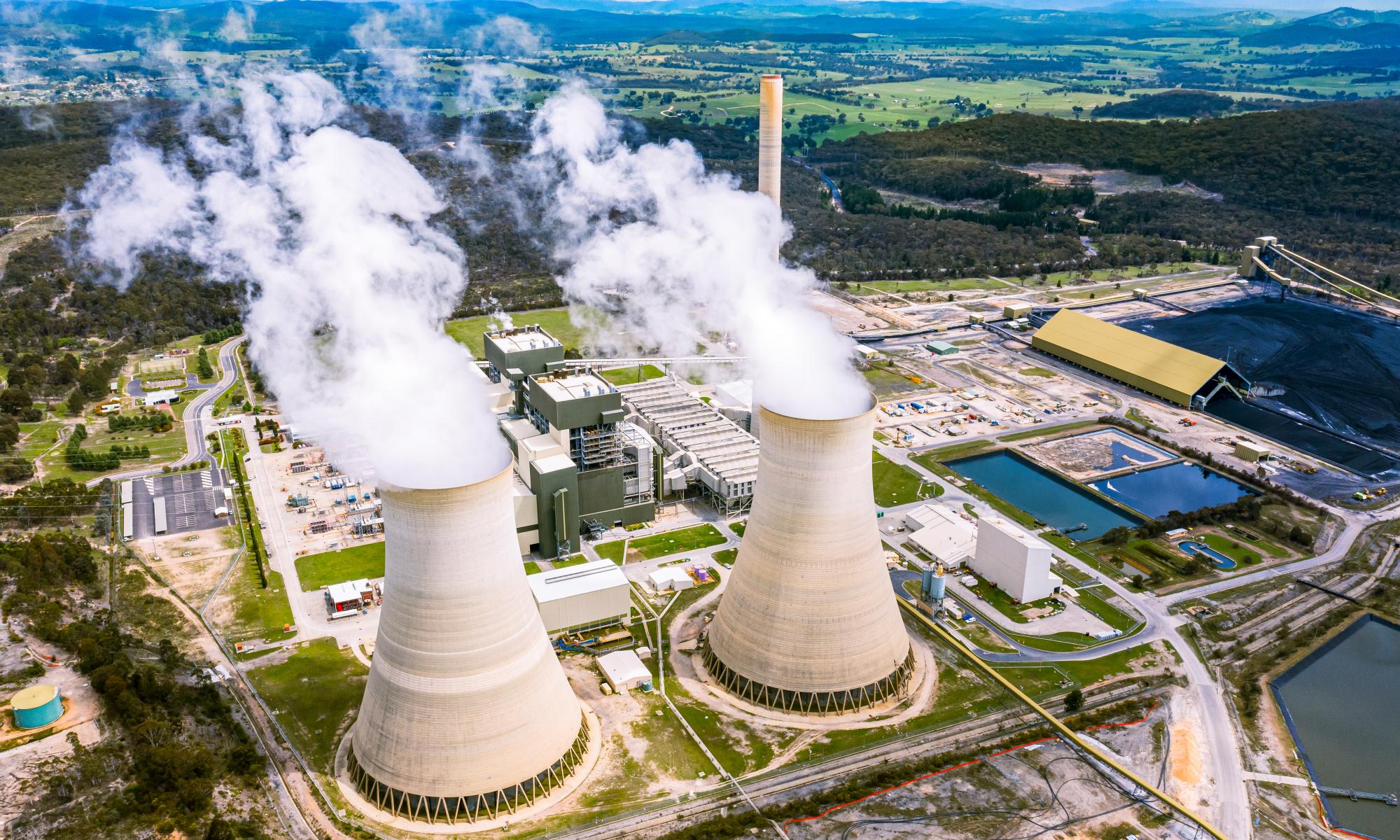This December will be the 70th anniversary of the 1952 London smog, when five days of choking smoke killed about 12,000 Londoners. It was partially caused by a fuel crisis, specifically a shortage of coal, requiring people to burn poor quality mining waste.
Air pollution from home fires is expected to increase this winter as people turn to solid fuel to heat their homes in response to the energy and cost of living crisis.
Scientists at university research stations will be tracking air these changes in three UK cities. These complement measurements from a government network. My team’s analysis of this data, spanning more than a decade, tells us about when, and to some extent why, people are burning wood.
Although outdoor wood burning, such as bonfires and patio heaters, may add to pollution in the summer, during Guy Fawkes Night and at New Year’s Eve; the majority of wood burning pollution comes from homes during winter evenings.
Most people do not burn wood but the 8% of homes that do burn wood or coal have become one of the largest sources of particle pollution in the UK, greater than the exhaust from traffic.
Some places, including London and Glasgow, have recorded a slight improvement. This may be due to new stoves replacing highly polluting open fires, but any resulting reductions in wood burning pollution are likely to be slow and limited. For instance, in Libby, Montana, a town-wide programme to replace all old stoves with newer, less polluting, ones only led to a decrease of about 30% in winter pollution.
Wood is mainly burned for decorative reasons or supplementary heating, but many homes do not burn every evening. This means there is scope for more burning of gas and electric heating this winter. We already measure more wood burning pollution around Christmas and new year when families get together. Parts of the UK also had increases of up to 10% during the Covid lockdowns.
In 2020, researchers from the Universities of Sheffield and Nottingham showed how people’s homes were being polluted by their wood stoves. Other studies have shown that wood and solid fuel heating can increase air pollution along streets, in neighbourhoods, throughout rural towns and villages and across whole cities. Data also suggests wood burning in London may be spreading from the capital to worsen air pollution in southern England, and that wood burning pollution can also travel across the Channel and the North Sea.
Kate Langford from the charity Impact on Urban Health said: “People’s awareness of harmful pollution from wood burning is low. Communicating the link between wood burning and health without judgment is an essential step towards behaviour change and regulation.”


